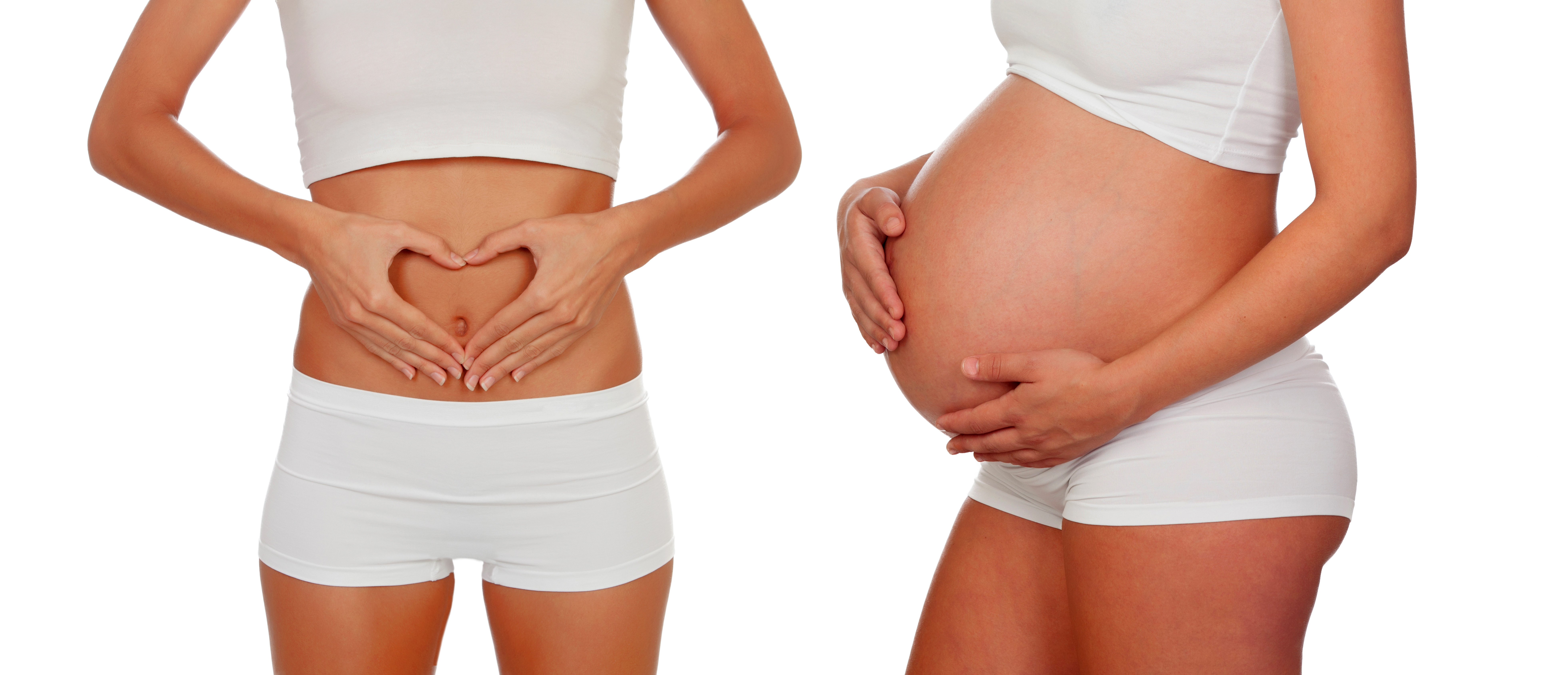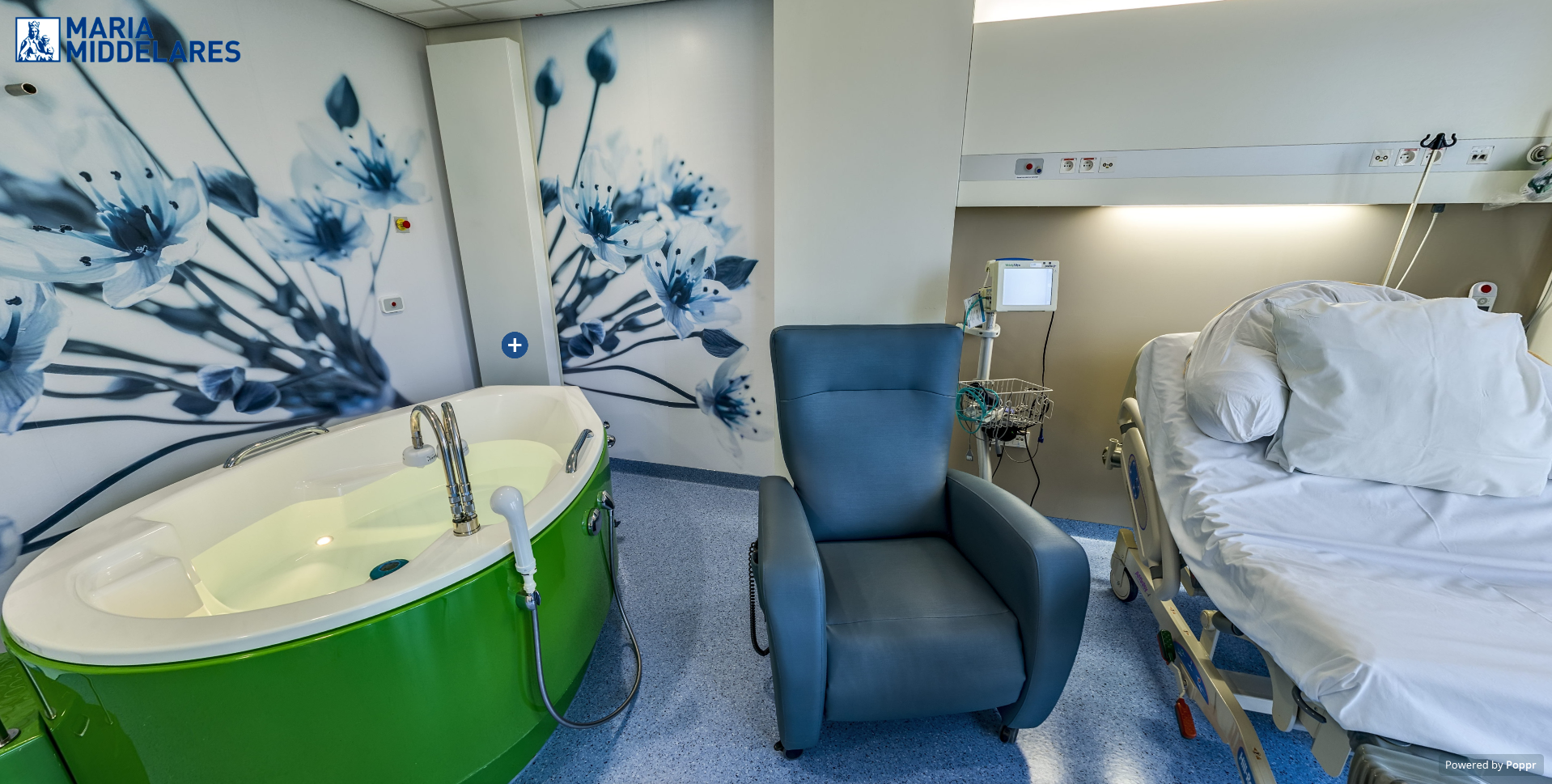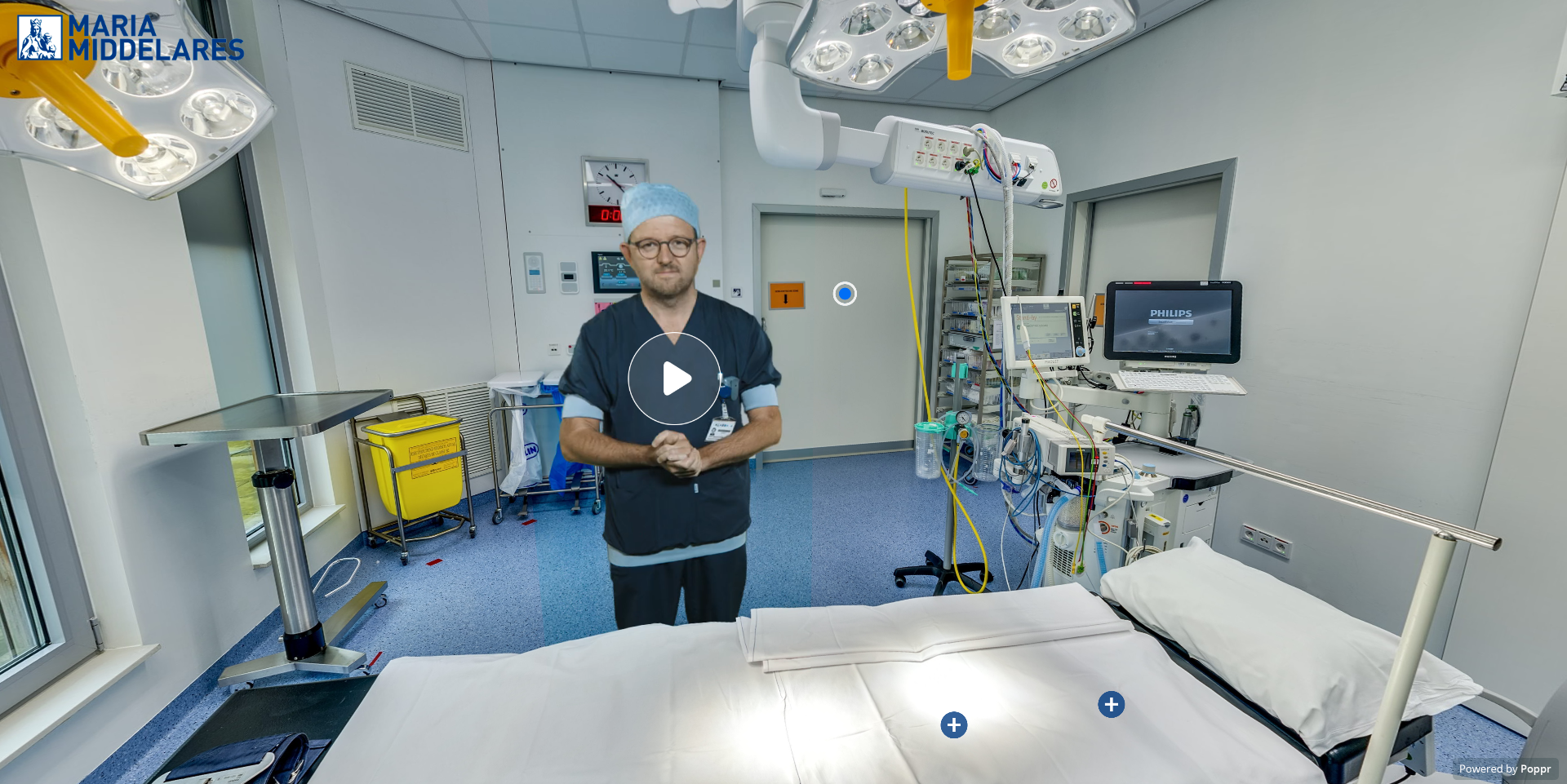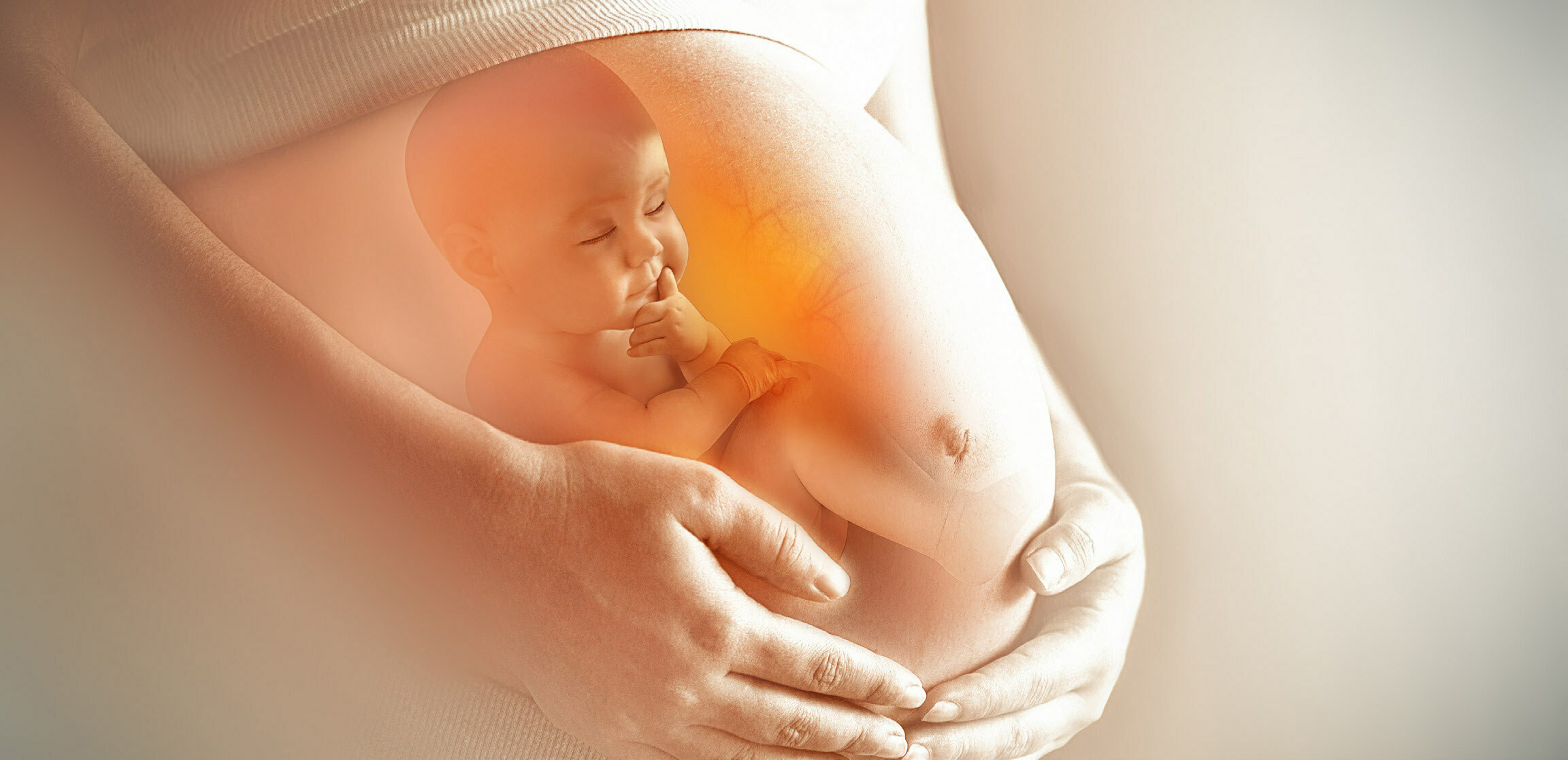The birth

Epidural anaesthesia
Epidural anaesthesiaIn advanced labour, contractions may be quite strong and painful. There are large differences in how these are experienced, and some women cope with them more easily than others. The actual conditions have a substantial impact, just as the expectations and the mindset of the woman. To deal with the discomfort and pain, a range of options are available, such as relaxation baths, massage and changing positions. Some women need medical pain relief such as an epidural anaesthesia. Even well-prepared and motivated women sometimes need a bit of additional support.
Underwater birth
Underwater birth
If you wish, you can give birth in water. The warm water has a relaxing effect, labour is generally quicker and contractions are experienced as less painful. If you opt for an underwater birth, you can discuss this with your gynaecologist. In some cases, remaining in the bath is not permitted because of medical reasons.
Induction: planning the delivery date
Induction: planning the delivery dateThe last weeks of pregnancy are often tiring and hard work. Many women experience false contractions and sleep poorly. Others are keen to meet their baby or want to plan their delivery date because this is more convenient. Some mothers therefore ask to have their labour induced.
However, it is generally better for both mother and baby if labour starts spontaneously. Make sure you get enough rest in the last few weeks, stop working in time and adjust your life style. This often ensures that labour and delivery are a smoother process for mother and baby.
If any medical issues develop with you or the baby, the gynaecologist may decide to stop the pregnancy and intervene. For instance, this can be the case if you are more than a week past your due date, if your blood pressure increases or if the baby moves or grows insufficiently.
Depending on the situation, the gynaecologist may decide to induce labour.
Various methods for inducing labour exist.
At Maria Middelares General Hospital
- If you are sufficiently dilated: breaking your waters
- Inserting a hormonal tablet into the cervix or vagina
- Inserting a hormonal gel, potentially combined with a balloon, into the cervix
At St Vincent General Hospital in Deinze
- Oral insertion of a hormonal tablet, potentially combined with a balloon, into the cervix.
- Inserting a hormonal gel, potentially combined with a balloon, into the cervix
Your gynaecologist will decide what method is best for you.
Caesarean section
Caesarean sectionSometimes, a natural vaginal delivery is not possible, in which case your gynaecologist will decide to perform a caesarean section. The caesarean section is performed in the presence of the gynaecologist, midwife, anaesthetist and paediatrician.
- at Maria Middelares General Hospital: caesarean sections take place in the Delivery Unit
- At St Vincent General Hospital in Deinze: children's incisions are performed in the operating facilities
Your partner can stay with you during the caesarean section too. He or she must wear a cap, mask and apron to do so.

Elective caesarean section
When the gynaecologist decides during your pregnancy that a caesarean section is necessary, this is termed an elective caesarean section. For an elective caesarean section, your gynaecologist will inform you of the date and time of your admission. You must fast before you are admitted:
Type of food: Example: Allowed until at the latest: Normal meal midnight before the surgery or examination Light meal e.g. a sandwich or toast with jam. Deep-fried/fatty foods or meat are not included six hours prior to the procedure or examination Dairy products Milk, bottle-feeding for a child, yogurt... six hours prior to the procedure or exam Breastfeeding four hours prior to the procedure or examination Drinks As wished: water, sugar water, sports drinks, clear fruit juices without pulp (apple juice, grape juice)
Maximum a cup: clear tea and coffee without milk
.Recommended: continue to drink up to two hours before the procedure or examination
(Exceptions: gastrointestinal surgery. You should follow the instructions of your attending physician).
No milk products
Non-elective caesarean section
Sometimes, the gynaecologists decides during labour to perform a caesarean section. This is termed a non-elective caesarean section. The chief reasons to decide on a non-elective caesarean section are a lack of dilation or abnormalities in the heart rhythm of the unborn baby.
The first hours after a caesarean section
After the birth, your baby is wiped dry and the paediatrician performs his or her first examination. Then, a HugMee (a sling allowing for skin-to-skin contact in the operating room) is used to place the baby with the mother during the caesarean section. If the mother no longer wishes to have skin-to-skin contact, the partner can take over. Next, the baby is wrapped up warm.
The skin-to-skin contact helps your baby adjust. It is important to intensely enjoy this moment and actively get to know your baby. The midwife will follow up regularly during this opportunity for cuddle time, but will mainly give you time to enjoy the moment in peace.
As soon as your baby shows signs of hunger, it is time to start the first (breast)feed. The sucking reflex is very strong at this point, which provides optimal stimulation of the milk production.
After a caesarean section, you will remain in the recovery room for a while. Your baby and partner can stay with you. The midwife will perform a few care procedures before you can move to your room.
Your baby is breech
Your baby is breech
If your baby is breech, it is recommended to try external cephalic version (EVC). Read more about it here.
At Maria Middelares General Hospital:
If EVC is not successful, the gynaecologist can refer you to the Breech Clinic if you wish. At the clinic, an experienced colleague will explain the possible ways of giving birth to a breech baby, adjusted of course for your personal situation. It is useful to have yourself informed about this properly, so that you can take an informed decision. These appointments are always booked on Fridays between 1pm and 2pm. It is important for your partner to also be present.
At St Vincent General Hospital in Deinze:
If the baby is permanently breech (after attempting externalisation), the gynaecologist proceeds to caesarean section for delivery.


